

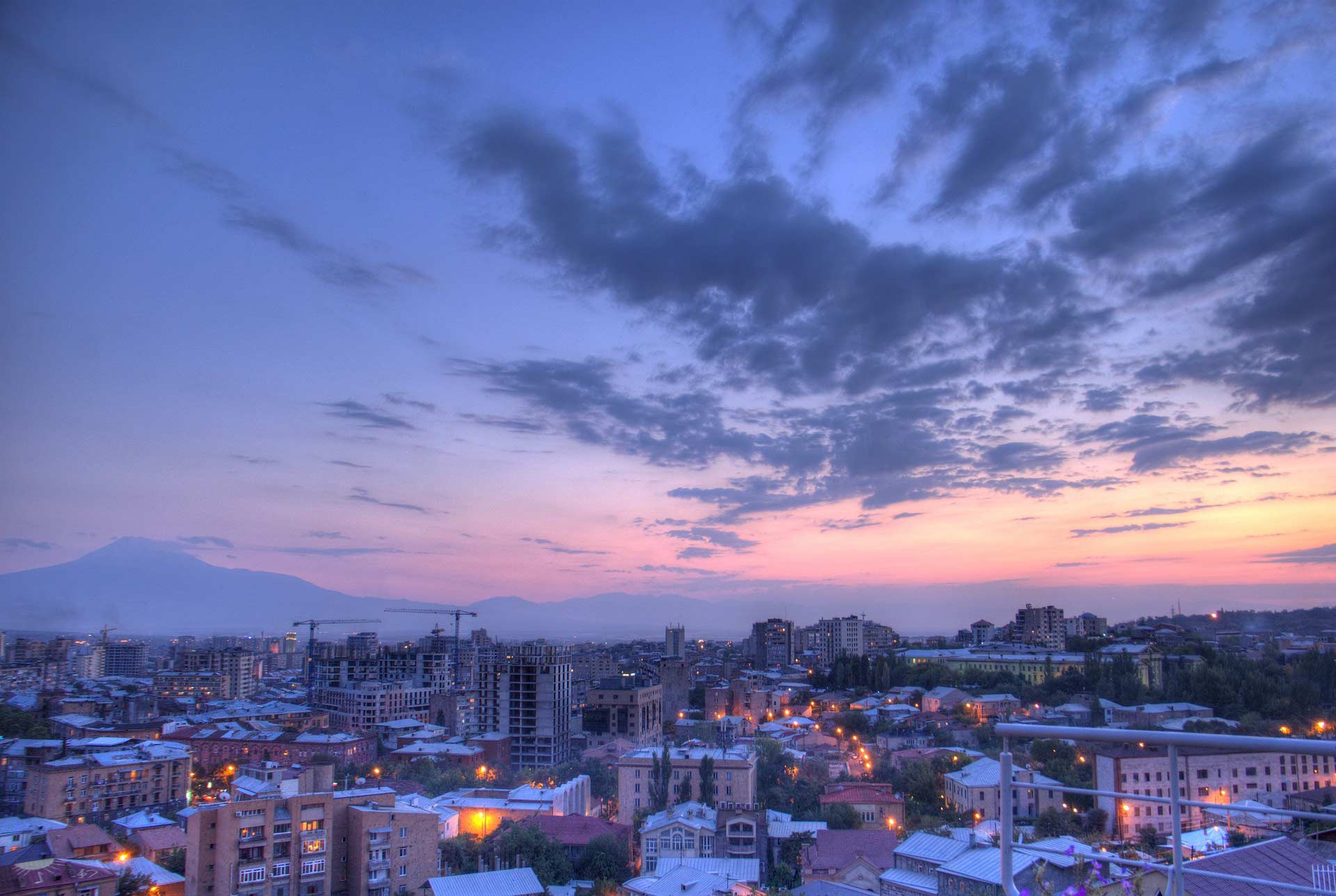
Armenia is a country with a rich and fascinating history that is home to a number of interesting and unique features that make it a fascinating place to explore. From its ancient monasteries and churches to its world-famous apricots and wine, Armenia has a wealth of cultural and natural treasures to discover. The country’s status as the first nation to adopt Christianity and the home of the world’s oldest leather shoe and winery add to its allure as a destination for history buffs and wine enthusiasts alike. In this article, we will go over some facts and frequently asked questions about the beautiful country of Armenia and its many beautiful locations making it a truly special and unforgettable destination to visit.
I will begin the article by answering 4 commonly asked questions about Armenia.
The map of Armenia shows a landlocked country located in the South Caucasus region of Eurasia. Although Armenia is technically located in Asia, just like the rest of the Caucasus region they share more in common with Europe culturally. Armenia is divided into 11 administrative divisions called marzes, which are further divided into communities called hamaynkner. The capital city of Armenia is Yerevan, which is located in the central part of the country.
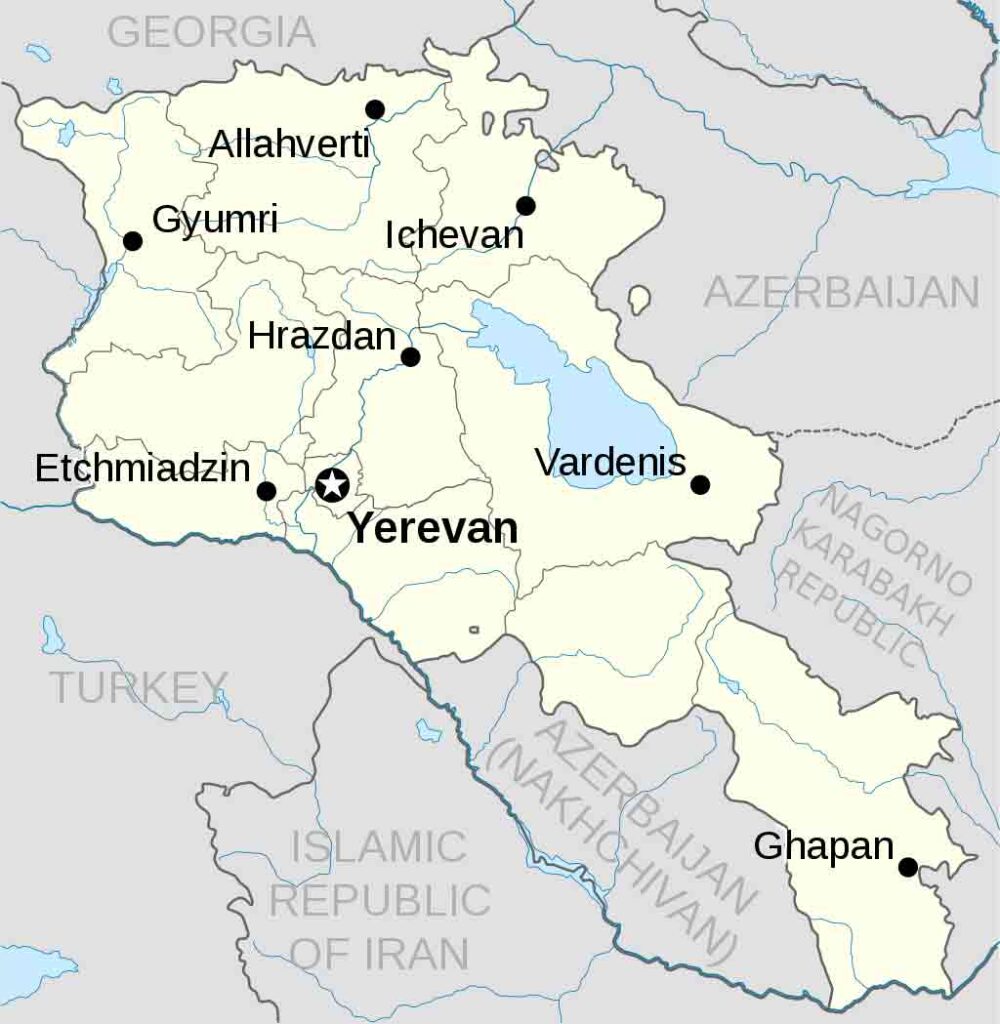
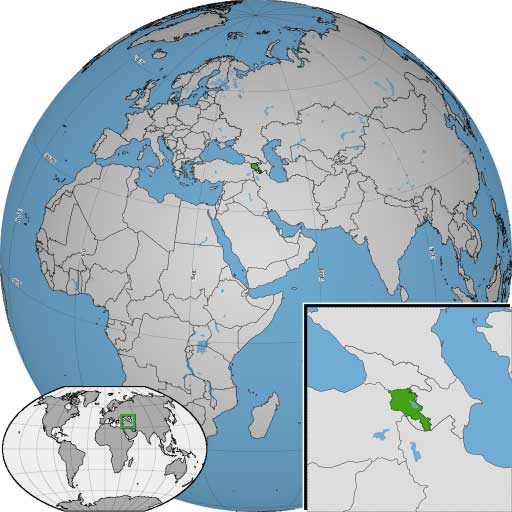
The flag of Armenia has three horizontal bands of equal width. The top band is red, the middle band is blue, and the bottom band is orange. The red colour represents the Armenian Highland and the Armenian people’s bloodshed and struggle for survival, while the blue colour represents the Armenian people’s Christian heritage and the clear Armenian sky. The orange colour represents the Armenian people’s creativity and hardworking nature, as well as the country’s fertile land.
The current design of the flag was officially adopted by the Armenian Supreme Soviet on August 24, 1990, after Armenia declared independence from the Soviet Union.
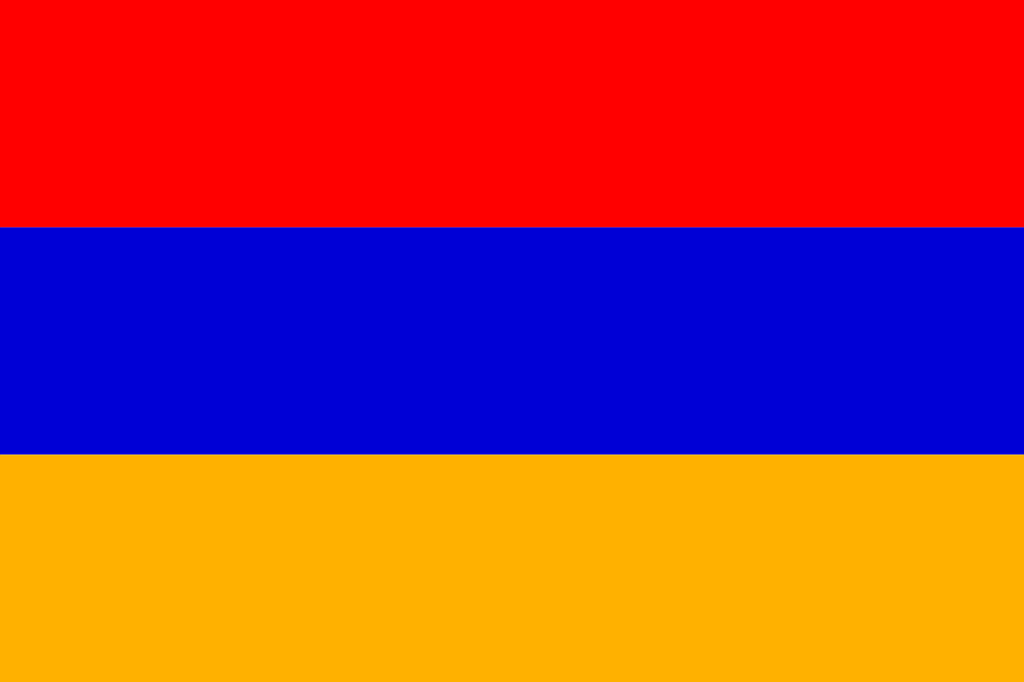
The currency of Armenia is the Armenian dram (AMD), which is represented by the symbol “֏”. The dram is divided into 100 smaller units called luma, but luma coins are not widely used anymore due to inflation.
Banknotes are issued in denominations of 1,000, 2,000, 5,000, 10,000, 20,000, and 50,000 AMD. Coins are issued in denominations of 10, 20, 50, 100, 200, and 500 AMD. You might find other coins and paper money with different amounts as previously there have been other coins as well as “limited edition notes” to commemorate different events.
The Armenian dram is managed and regulated by the Central Bank of Armenia, which is responsible for issuing and maintaining the stability of the currency. The dram has been the official currency of Armenia since 1993, replacing the Soviet Ruble after Armenia gained independence from the Soviet Union.
It comes as no surprise that the official language of Armenia is Armenian. Armenian is an Indo-European language with its own unique script and is spoken by approximately 97% of the population.
In addition to Armenian, Russian is a very popular secondary language and people often switch between the two in normal conversation. Some minority languages are also spoken in Armenia, including Kurdish, and Assyrian. English is also increasingly becoming more popular as a second language among younger generations and in urban areas with approximately 4% of the population speaking it.
With the frequently asked questions out of the way I will now move on to 11 Interesting and fun facts about Armenia.
Armenia is a landlocked country located in Southwestern Asia that shares its borders with four other countries with a total length of around 1 570 kilometres (975 miles). These countries are Georgia to the north, Azerbaijan to the east, Iran to the south, and Turkey to the west. Due to its location in the Caucasus region, it is located on the border of Europe and Asia. This has led them to have a long and complicated history with many different nations and civilizations vying for power over the region including the Ottoman Empire, the Russian Empire, and the Soviet Union.

As of 2023, the population of Armenia is estimated to be around 2.7 million people. The country has a relatively low population density at around 93.41 people per square kilometer. Similarly, to most countries in the Eurasia region the majority of the population lives within urban areas.
The largest city and capital of Armenia is Yerevan, and it is home to around 1.1 million people which works out to be about 37% of the country’s total population. The second largest city in Armenia is Gyumri. Gyumri has a population of around 120,000 people, making it significantly smaller than Yerevan.
Unlike many other countries in the world Armenia’s population has gone under a significant decline in recent years. This includes emigration following the collapse of the Soviet Union, as well as a decline in fertility rates. Despite these challenges, Armenia remains a culturally rich and diverse country with a unique history and identity.
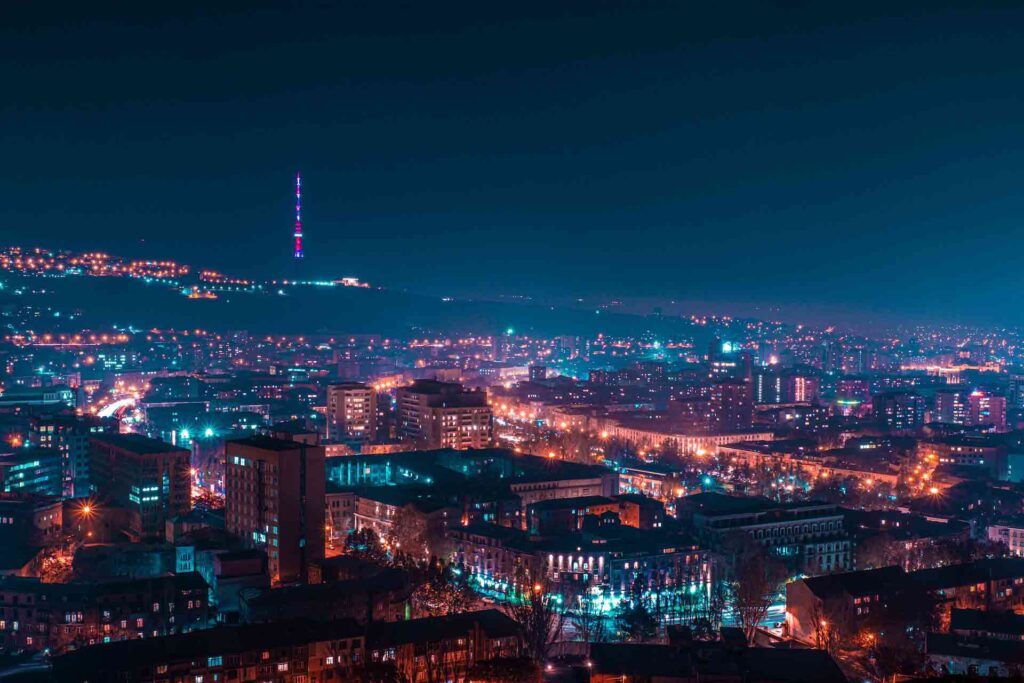
When we say that Armenia is a small country, we are referring to its physical size, as measured in terms of land area. With this in mind, Armenia ranks 143rd in the world, with a total land area of approximately only 29 743 square kilometers (11 484 square miles). This makes it smaller than many other countries in the region, such as Turkey, Iran, and Georgia.
Despite its small size, Armenia has had a significant impact on world history, particularly in the fields of religion and literature. Additionally, while Armenia may be small in terms of land area, its people are lively, diverse, and resilient. Despite facing significant challenges in recent years, such as economic struggles and conflict with neighbouring Azerbaijan, the Armenian people have shown remarkable strength and perseverance in the face of great adversity.
Due to its location in the South Caucasus region of Eurasia and its unique topography, Armenia experiences a diverse range of weather conditions throughout the year, from hot summers to cold and snowy winters.
Summers in Armenia are generally hot and dry, with temperatures often reaching into the high 30s and sometimes in rare occasions even exceeding 40 degrees Celsius (104 degrees Fahrenheit) in some areas. The hottest months are typically July and August, averaging around 30 degrees Celsius (86 degrees Fahrenheit).
Winters in Armenia are cold and snowy, particularly in the higher elevations. The coldest month is typically January, with temperatures in Yerevan averaging around 0 degrees Celsius (32 degrees Fahrenheit). In some of the higher mountainous areas, temperatures can drop to well below freezing, and heavy snowfall is quite common.
Spring and fall in Armenia are relatively short seasons, but they are generally pleasant, with mild temperatures and occasional rainfall. Spring begins in March and lasts until May, while fall typically begins in September and lasts until November. During these seasons, temperatures in Armenia usually range from around 10 to 20 degrees Celsius (50 to 68 degrees Fahrenheit).
Unfortunately, Armenia is also prone to earthquakes, which can occasionally cause damage to buildings and infrastructure. According to earthquakelist.org “A total of 426 earthquakes with a magnitude of four or above have struck within 300 kilometers (186 mi) of Armenia in the past 10 years.”
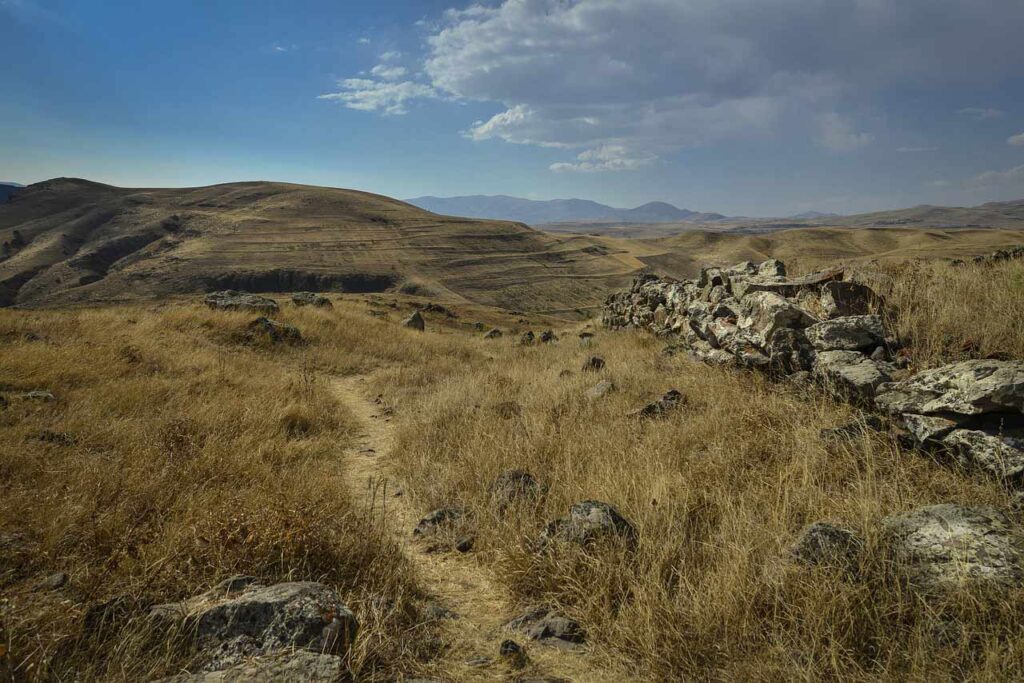

Chess is an incredibly popular sport in Armenia, and the country has produced some of the world’s top players over the years. With chess being considered the national sport of Armenia, and it has even been made a compulsory subject in schools throughout the country.
Armenia’s love for chess dates back several decades, to the Soviet era when chess was a popular pastime throughout the Soviet Union. During this time, Armenia produced several world-class chess players, including Tigran Petrosian, who was World Chess Champion from 1963 to 1969, and Levon Aronian, who is currently one of the top-ranked chess players in the world.
In the years since Armenia gained its independence from the Soviet Union, the country has continued to excel in the sport of chess. In 2006, the Armenian national chess team won the gold medal at the Chess Olympiad, which is one of the most prestigious international chess tournaments.
Given Armenia’s deep connection chess, it’s not surprising that it has been made a compulsory subject in schools. Beginning in primary school, students in Armenia are taught how to play chess and are encouraged to participate in local tournaments and competitions. This emphasis on chess education has helped to foster a love of the game among young people in Armenia, and it has also helped to produce a steady stream of talented players who can compete at the highest levels of the sport.


As previously mentioned, Yerevan is the capital city of the Republic of Armenia and is also its largest city. It is situated in the central part of the country and lies on the Hrazdan River. The city has a rich history that spans over 2,800 years, and it has been the 14th capital of Armenia since 1918, following the fall of the Russian Empire.
Yerevan covers an area of approximately 223 square kilometers. The city has a continental climate with hot summers and cold winters, and the average temperature in July is around 27°C while in January, it is around 0°C. The city is located at an elevation of 990 meters above sea level and is surrounded by the Ararat plain to the south and the Geghama Mountains to the east.
Yerevan is also the cultural, economic, and political center of Armenia and is home to numerous important institutions and landmarks, including the Armenian National Academy of Sciences, the Armenian Genocide Memorial, and the Matenadaran Institute of Ancient Manuscripts. The city is also known for its beautiful architecture, with many buildings constructed in the distinctive pink stone that is found in the surrounding volcanic mountains.
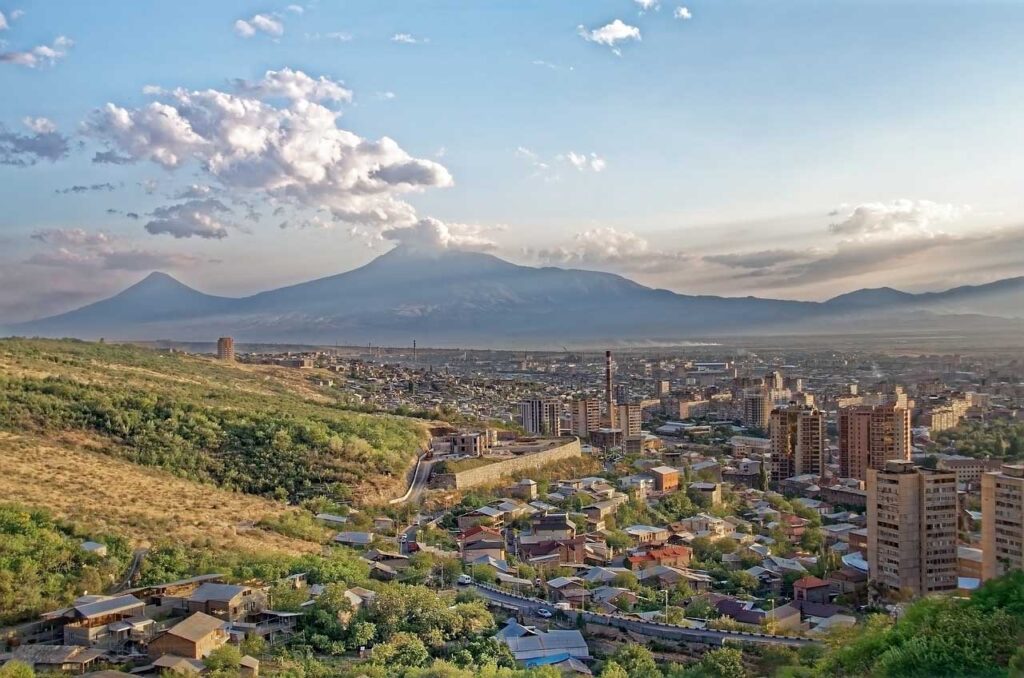
Christianity in Armenia has an incredibly long history, dating back to the early 4th century AD. Christianity In Armenia has such a long history that it was in fact the first country in the world to have officially adopted Christianity as its state religion.
Armenia’s conversion to Christianity is very closely tied to the life of Saint Gregory the Illuminator, who is considered the patron saint of the Armenian Church. According to legend, Gregory was born in the early 3rd century AD to a noble family in Armenia. When he was a young man, he was imprisoned by the king of Armenia, who suspected him of plotting against him. While in prison, Gregory had a vision of Jesus Christ, who appeared to him and healed him of all his injuries.
After his release from prison, Gregory traveled to Caesarea in Cappadocia (modern day Turkey), where he was ordained as a bishop by the Patriarch of Antioch. He then returned to Armenia and began preaching the gospel, despite the opposition from the pagan priests and the king himself.
Eventually, King Tiridates III decided to convert to Christianity, and in 301 AD, he declared Christianity the state religion of Armenia. This made Armenia the first country in the world to adopt Christianity as its official religion.
Today, the Armenian Apostolic Church remains as a central institution in Armenian culture, and Christianity continues to be an important part of Armenian national identity.
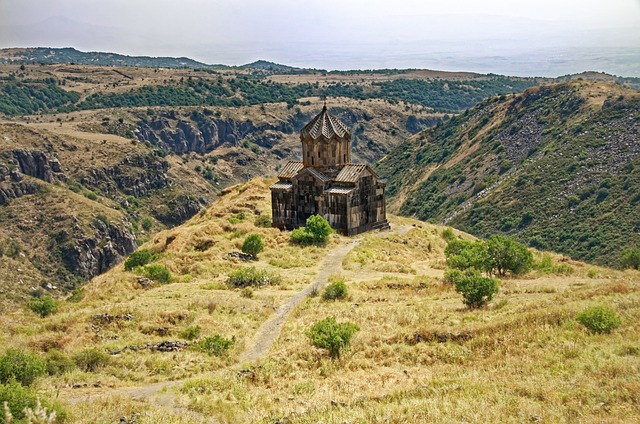
Tying in with our previous fact it comes as no surprise that Armenia is home to many ancient and historically significant monasteries and churches, some of which are among the oldest in the world. These religious sites are not only important for their spiritual and cultural significance but also for their architectural and artistic value.
One of the most famous monasteries in Armenia is the Geghard Monastery, which is a UNESCO World Heritage Site. The monastery was founded in the 4th century, and the main chapel was built in the 13th century. It is known for its unique architectural design, which features many chambers and rooms carved directly into the rock.
Another notable monastery is the Haghpat Monastery, which was also designated as a UNESCO World Heritage Site. The monastery was built in the 10th century and is known for its intricate stone carvings and frescoes. It was a center of learning and scholarship during the medieval period, and many important manuscripts were produced there.
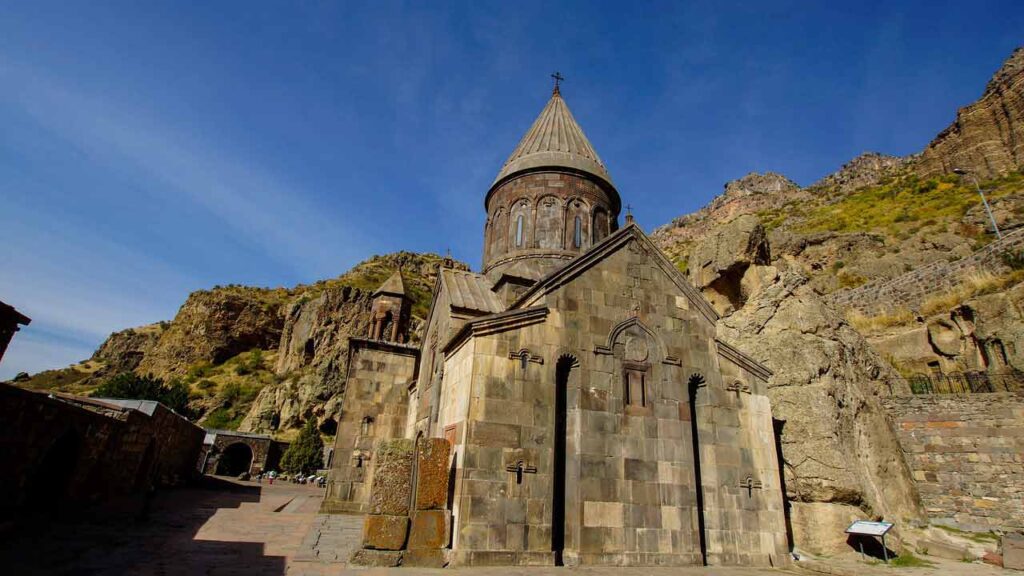
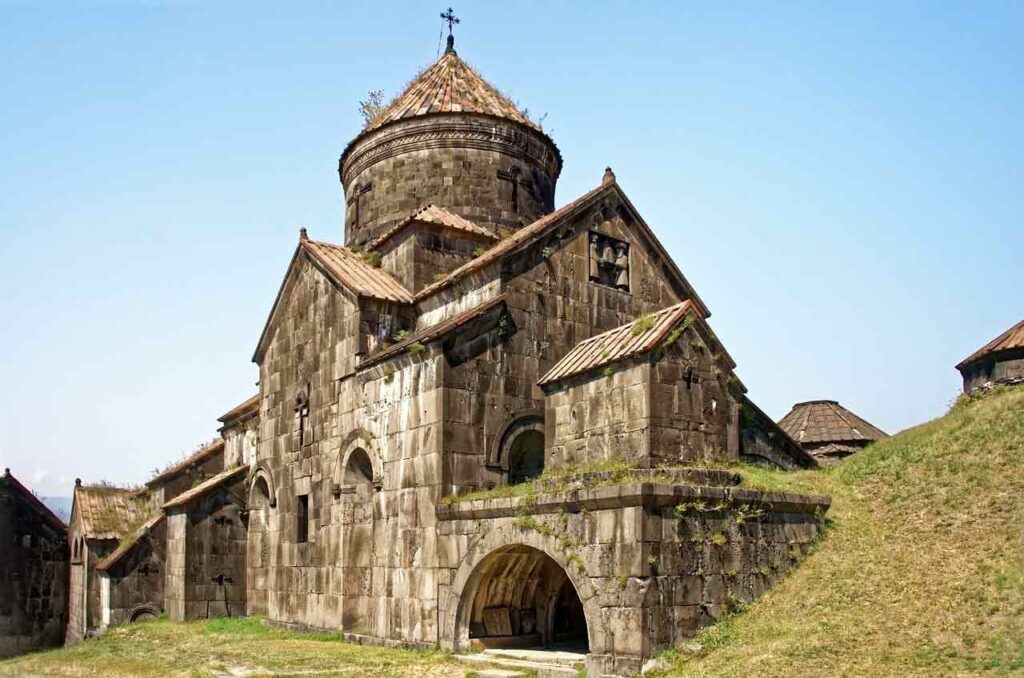
Along with Armenia’s other long history’s it also has a long and rich history of agriculture, and the apricot is one of its most prized fruits. The apricot has been cultivated in Armenia for thousands of years and is considered the country’s national fruit.
The exact origin of the apricot is still debated, but many historians and botanists believe that the apricot originated in Armenia and spread to other areas of the world through the Silk Road trade routes. Some scholars have traced the origins of the apricot back to the region around the Ararat Plain, which is located in present-day eastern Turkey and western Armenia.
Today, Armenia remains a major producer of apricots, and the fruit is exported to countries around the world. In addition to its delicious taste, the apricot is also known for its health benefits, as it is a good source of vitamins and minerals and is believed to have antioxidant properties. The apricot is an important part of Armenian culture and cuisine and is a source of pride for many Armenians. Its long history in the region and its continued popularity makes it a fitting choice for Armenia’s national fruit.
Armenia is home to a number of important archaeological discoveries, including the world’s oldest leather shoe “The Areni-1 shoe”. The shoe was discovered in a cave in the Vayots Dzor province of Armenia in 2010 and is believed to date back to around 3,500 BCE.
The shoe is made from a single piece of leather and is surprisingly well preserved, given its age. It was found alongside a number of other well-preserved artifacts, including a broken pot and a cow horn, which suggests that the cave may have been used for storage or as a temporary shelter.
The discovery of the shoe is an incredibly important archaeological find, as it sheds light on the clothing and footwear of ancient peoples. The shoe is believed to have been worn by a man, and its size suggests that people in the region were already quite tall at the time.
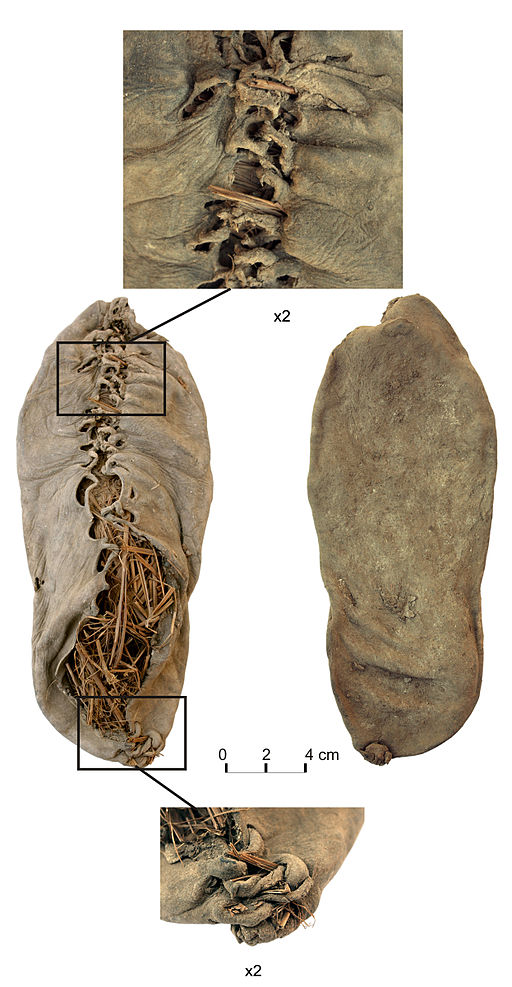
Just like the world’s oldest leather shoe Armenia is also believed to be home to the world’s oldest winery. The winery is located in the village of Areni in the Vayots Dzor (the same region as the leather shoe) region of Armenia, and it dates back to around 4,100 BCE.
The winery was discovered in 2007 during an archaeological dig, and it was found to have a complex system of fermentation and storage vessels, as well as grape seeds and skins. The discovery of the winery has shed new light on the history of winemaking and the development of viticulture in the region.
Armenia is believed to have some of the oldest wine grape varieties in the world, many of which are still grown and used in winemaking today. For example, Armenian wines are known for their unique flavor profiles, which are influenced by the country’s climate, soil, and grape varieties. Some of the most popular grape varieties used in Armenian winemaking include Areni, Voskehat, and Kangun, each of which produces wines with distinct aromas and flavours which helps grow the already flourishing wine industry in Armenia.
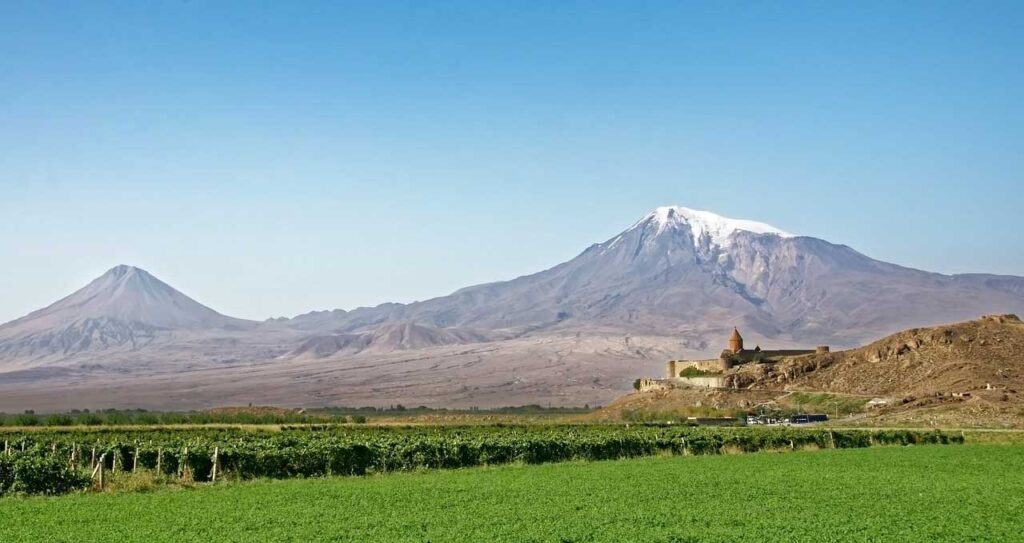
In conclusion, we have found that Armenia is a country with a rich, long, and fascinating history. Overall, Armenia is a place of great beauty and historical significance, and its many beautiful locations and people make it a truly special and unforgettable destination to visit.
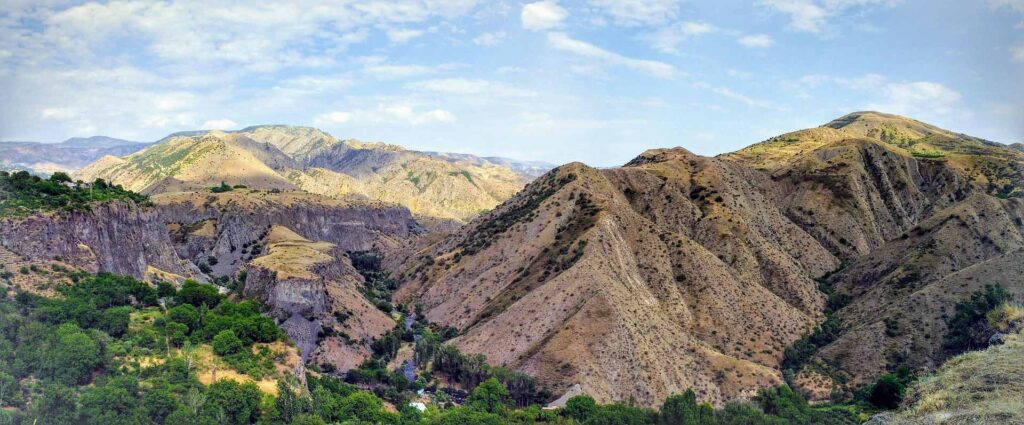
If you enjoyed this article and would like to see more please click below to see a similar article about another interesting country.
Related post: Afghanistan: Fun facts about the mysterious middle eastern country!